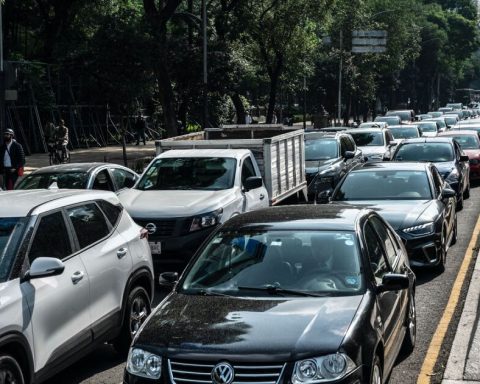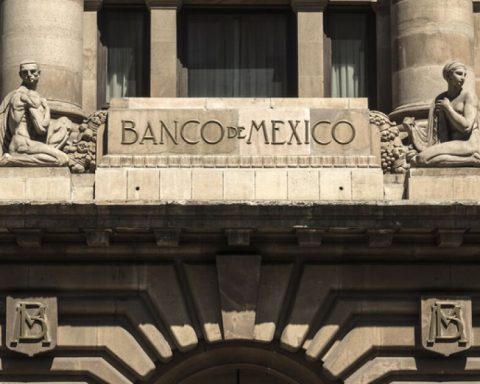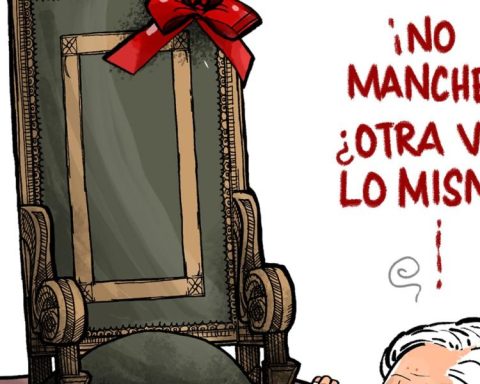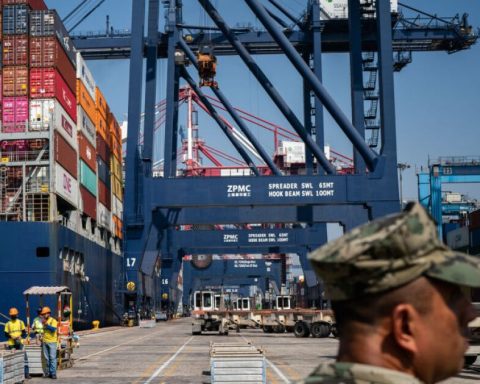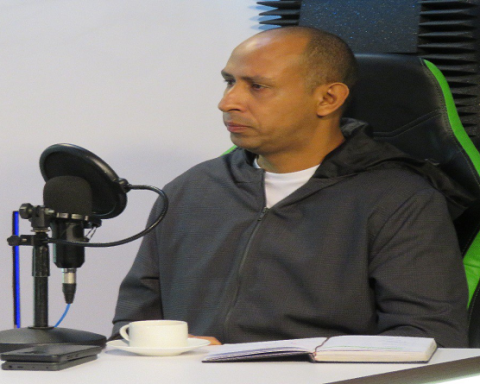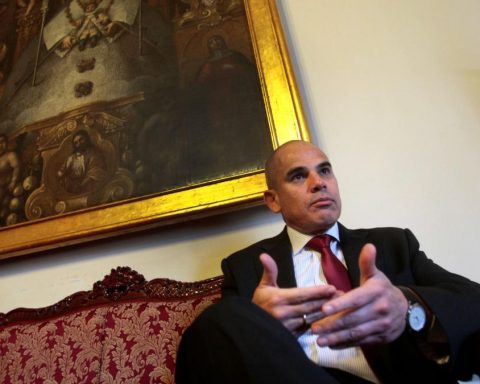“Banco de México is acknowledging that inflation is going to take longer to subside, we are going to have high inflation for a long time,” Alejandro Saldaña, chief economist at Grupo Financiero Ve por Más (Bx+), said in an interview.
The central bank, which aims to keep inflation at 3% with a range of one percentage point up or down, said inflation will converge to that level until the end of 2024.
Official forecasts for the coming months indicate that there may be inflationary pressures that have not been identified or others that have been underestimated, according to a Bloomberg report.
For Adrián de la Garza, chief economist at Citibanamex, one of the factors that could be influencing inflation is that companies are transferring the costs of food and supplies to consumers, since in the pandemic, to take care of income, they maintained costs that are already unsustainable.
“Companies in different industries were unable to pass on inflationary pressures in 2020 and 2021, when the economy was weaker, but now that the economy is strengthening and on a growth path, it is becoming easier for companies to recoup those losses,” the specialist pointed out.
Another risk factor for inflation is the possible increase in the minimum wage in the coming months. Since the López Obrador government began, the wages of workers who earn less have increased at double-digit rates every year and some specialists already estimate an increase of 20% by 2023.
“Raising the minimum wage next year can be a dangerous recipe when you are trying to bring inflation back to more normal levels and you can make inflation more permanent,” added Alejandro Saldaña.
The expert stressed that if these wage increases materialize, companies will have to raise the prices of their products and services, transferring the costs to the end user, becoming a vicious circle.
For economists like Adrián de la Garza, the increase in the minimum wage is not usually the main risk for inflation because it has been historically low, but in an environment of inflation these increases do have an effect.
“We should see an increase of 15% and it is an increase that is not trivial, it is important in an environment in which inflationary pressures do not cease,” de la Garza said.
Will the Good End help?
Economists consider that although the Good End offer period in November could help reduce the prices of some goods and services, it will not be enough to contain the high levels of inflation. “The fall in prices is transitory and is reversed in the following month. There is no permanent relief,” said Felipe Hernández, economist for Latin America for Bloomberg.
Although private consumption has performed well in the first months of this year, Bx+ expects that at the end of this year it will cool down due to high interest rates and high commodity prices.
Although energy prices are expected to decline in the coming months, it is not expected that there will be much impact on inflation.
“The Treasury may decide to remove the stimuli for gasoline and not pass on the price of the fall in gasoline to consumers,” added Saldaña.
Most expensive credits
Higher inflation quite possibly implies higher interest rates and that leads to lower demand for credit and ultimately lower consumption.
Bloomberg estimates that as prices rise with inflation, real household income erodes and with it the ability of households to consume goods and services. So high inflation ends up slowing down consumption, through the channel of lower income and the channel of less availability of credit.
By the end of this year, the interest rate of the Bank of Mexico is expected to close at levels of 10.5%, although financial entities such as Bank of America expect the rate to reach 11%.

